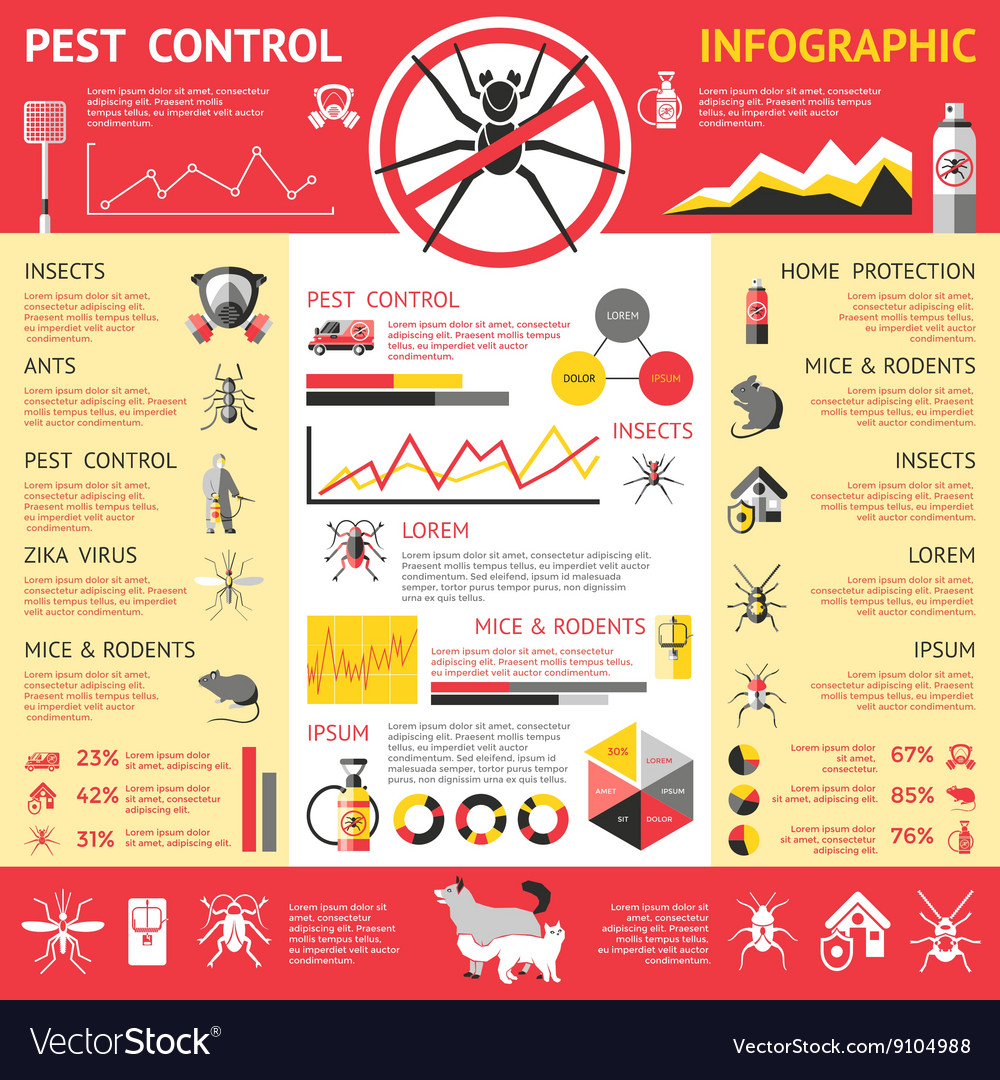Acquiring Understanding On Just How Rats Behave Is Essential For Effectively Managing Insect Problems. Experts Offer Important Insights On This Matter
Acquiring Understanding On Just How Rats Behave Is Essential For Effectively Managing Insect Problems. Experts Offer Important Insights On This Matter
Blog Article
Authored By-Holgersen Albrektsen
Think of having the ability to expect the steps of your challengers in a game of chess, always remaining one action in advance.
In the world of insect control, recognizing rodent behavior is like having that strategic benefit. By gaining professional understandings into the nesting practices, feeding patterns, and communication and social behavior of rats, you can successfully combat these pesky creatures.
Yet exactly how exactly do rats act, and why is it crucial to understand? In visit my homepage , we will unravel the enigmas of rodent actions, providing you with valuable knowledge that will certainly assist you stay in advance in the fight versus parasites.
Are you prepared to reveal the tricks of these cunning animals?
Nesting Behaviors
To recognize rodent actions and efficiently control parasites, it is necessary to get insight into their nesting routines.
Rats, such as mice and rats, have a natural reaction to find shelter and create nests where they feel safe and safe and secure. best termite treatment chemicals as their homes, breeding premises, and storage areas for food. Understanding their nesting behaviors can aid you recognize prospective locations of problem and implement targeted control procedures.
Rodents commonly favor nesting in dark, secluded spaces, such as attics, cellars, crawl spaces, and wall surface voids. They utilize materials like shredded paper, textile, insulation, and even chewed-up electric wires to develop their nests.
Feeding Patterns
Rodents show distinct feeding patterns that play a vital duty in their actions and can inform reliable parasite control strategies. Comprehending these patterns is necessary for implementing effective pest control procedures.
Rodents are opportunistic feeders, suggesting they'll eat whatever food is easily available. They prefer high-calorie foods such as grains, nuts, and seeds. This is why correct storage space of food and waste administration are important in protecting against rodent invasions.
Furthermore, rats are nocturnal, which indicates they're most energetic throughout the evening when they search for food. By recognizing their feeding patterns, you can strategically put traps and lures to optimize their effectiveness.
Keeping food sources unattainable and keeping a clean atmosphere can help hinder rodents and reduce the risk of invasion.
Communication and Social Habits
Understanding exactly how rats communicate and communicate socially is critical for efficient parasite control strategies. Rats, like computer mice and rats, have intricate communication systems that they make use of to share information per other and collaborate their tasks. Right here are 3 vital elements of rodent communication and social habits:
1. Vocalizations: Rodents produce a large range of vocal noises, including squeaks, tweets, and babbling, to interact with each other. These vocalizations can convey various messages, such as threat warnings or mating phone calls.
2. Scent noting: Rats use scent glands to leave chemical signals on things and in their atmosphere. These scent marks act as territorial limits and connect details concerning reproductive status, prominence, and social association.
3. Social hierarchy: Rodents have a hierarchical social structure, with leading individuals having accessibility to resources and chosen nesting websites. Comprehending this power structure is important for targeting pest control efforts and identifying key individuals for removal.
Conclusion
So, there you have it - a quick glance right into the interesting world of rodent actions. By recognizing their nesting practices, feeding patterns, and interaction, we can much better deal with the concern of parasite control.
Did you recognize that a women computer mouse can create approximately 10 litters per year, with each litter consisting of around 5-6 pups? This impressive statistic highlights the value of prompt and effective insect monitoring to prevent rodent populations from spiraling uncontrollable.
